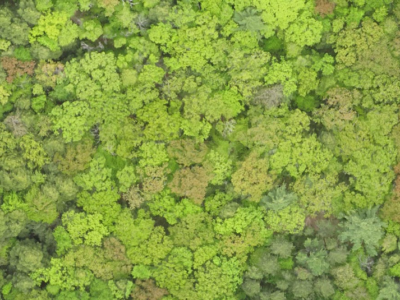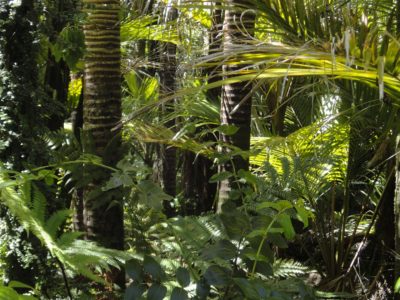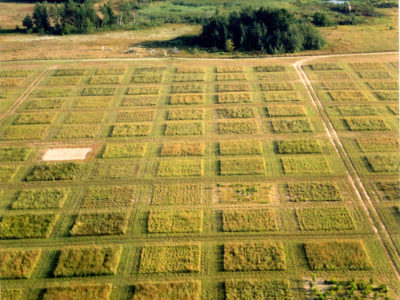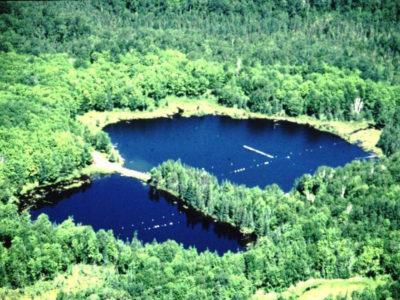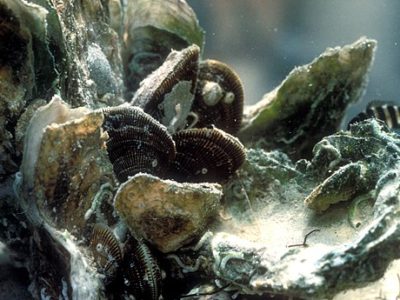A tale of two forests: exploring forest management in the Pacific Northwest
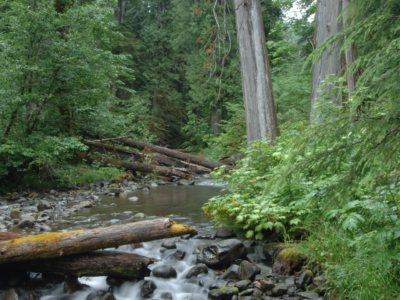
“Social forestry” describes the hybrid system of bottom-up grassroots oversight by local stakeholders and top-down, science-informed policy from larger governing bodies to determine forest management practices. Social scientists from the University of Freiburg in Germany and the University of Oregon analyzed the implementation of social forestry through a comparative case study of two National Forests… Read more »

